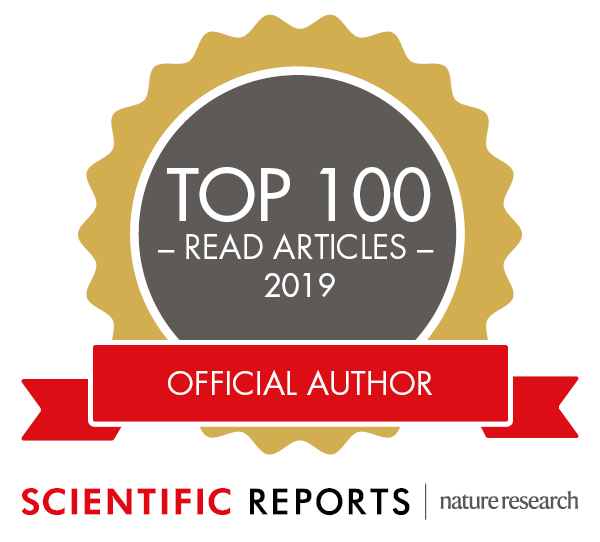Cassidy Atkinson and ARL Researchers investigate the effects of doping in silicon carbide grain boundaries. This research was supported by Dr. Sanjeev Nayak and Dr. Pamir Alpay. The work was published in Acta Materiala and can be accessed here.
publications
UConn-Technion Collaboration Develops Model for Affordable Fuel Cell Catalysts
UConn researchers and collaborators at Technion – Israel Institute of Technology developed a theoretical model that will expediate the development of affordable fuel cells, a key technology for sustainable energy.
Radenka Maric, UConn’s vice president for research, innovation and entrepreneurship; Dario Dekel from Technion’s Chemical Engineering Department; S. Pamir Alpay, UConn’s associate dean for research and industrial partnerships; and Sanjubala Sahoo, a research scientist in Alpay’s group published their findings in ACS Catalysis in February.
Thomas and Sanjeev Published in Physical Review B!
Congrats! Ayana and Dennis Earn Top Distinction in Scientific Reports
Kevin, Sanjubala and Colleagues Published in Clays and Clay Minerals
Tulsi & Kevin Publish in the Journal of Applied Physics
Publication on Doped Bismuth Ferrite in Scientific Reports
Co and Nayak published in Phys. Rev. B
Great work Kevin and Dr. Nayak! They published in Physical Review B, Polarization rotation in Bi4Ti3O12 by isovalent doping at the fluorite sublattice.
Abstract
Bismuth titanate, Bi4Ti3O12 (BiT), is a complex layered ferroelectric material that is composed of three perovskitelike units and one fluoritelike unit stacked alternatively along the transverse direction. The ground-state crystal structure is monoclinic with the spontaneous polarization (∼50μC/cm2) along the plane. BiT typically grows along the c direction in thin-film form, and having the polarization vector aligned with the growth orientation can be beneficial for several potential device applications. It is well known that judicious doping of ferroelectrics is an effective method in adjusting the magnitude and the orientation of the spontaneous polarization. Here, we show using first-principles density-functional theory and a detailed phonon analysis that Bi atoms in the fluoritelike layers have significantly more impact on the magnitude and orientation of the spontaneous polarization vector as compared to the perovskitelike layer. The low-energy hard-phonon modes are characterized by fluoritelike layers experiencing transverse displacements and large changes in Born effective charges on Bi atoms. Thus, the breaking of symmetry caused by doping of Bi sites within the fluoritelike layer leads to the formation of uncancelled permanent dipole moments along the transverse direction. This provides an opportunity for doping the Bi site in the fluoritelike layer. Isovalent dopants P, As, and Sb were studied. P is found to be most effective in the reorientation of the spontaneous polarization. It leads to a threefold enhancement of the out-of-plane component of polarization and to a commensurate rotation of the spontaneous polarization vector by 36.2° towards the transverse direction. DOI: https://doi.org/10.1103/PhysRevB.99.014101
Dr. Sanjeev Nayak publishes in Scripta Mater. on GP Zone Formation
Dr. Sanjeev Nayak in collaboration with Dr. Rainer Heber and MSE PhD student Cain Hung develop methods to describe GP zone formation in Al-Cu and Al-Ag alloys. Results published in Scripta Mater.
Graphene Supported Single Atom Transition Metal Catalysts
Dr. Sanjubala Sahoo and colleagues have provided insight for the origin of high catalytic activity for graphene-supported single transition metal atoms for activation of methane molecules. The paper entitled “Graphene Supported Single Atom Transition Metal Catalysts for Methane Activation” published in ChemCatChem, Volume 10, page 3229 (2018) co-authored by S. Sahoo, S. L. Suib and S. P. Alpay was a cover feature for the journal.
